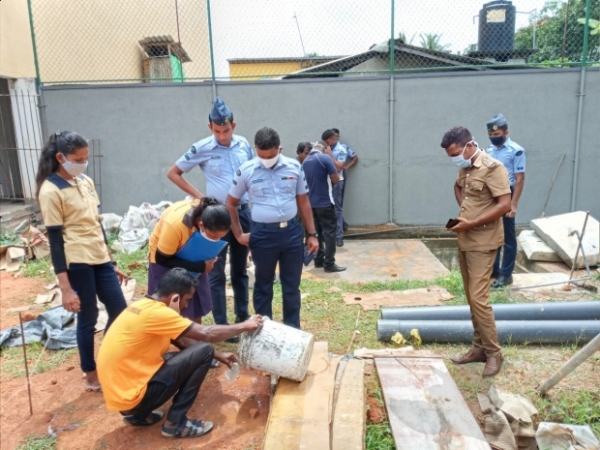Increases in three climate factors—temperature, rainfall, and ocean warming —predicted mosquito population growth in Sri Lanka for the next one to six months, according to a new study by an international team of researchers. The findings, published in The Lancet Planetary Health, can inform the design and timing of programs to limit the spread of mosquito-borne diseases like dengue.
Nearly half of the world’s population lives in areas at risk for dengue, which has become a major public health problem in Sri Lanka. Because developing a safe and effective vaccine against dengue has proven to be difficult, controlling mosquito populations is considered to be the most effective strategy to prevent the virus’s spread.
Dengue transmission patterns in Sri Lanka closely follow the country’s monsoonal rainfalls, with peak transmission in July following the southwest monsoon, followed by a smaller peak in December to January after the northeast monsoon. Research shows a relationship between some climate variables and the quantity, feeding patterns, and lifespan of Aedes mosquitoes, which transmit dengue, but the relationship between Aedes mosquito activity and climate is still not well understood.
Read more at New York University
Image: The Sri Lanka Ministry of Health leads a proactive mosquito control program, known as the Civil-Military Cooperation (CIMIC), to prevent dengue in partnership with military and police forces. Here, Public Health Inspector Gayan Liyanage (in brown uniform) supervises the process with naval officers, health workers, and community members. (Photo credit: Mr. Gayan Liyanage)


